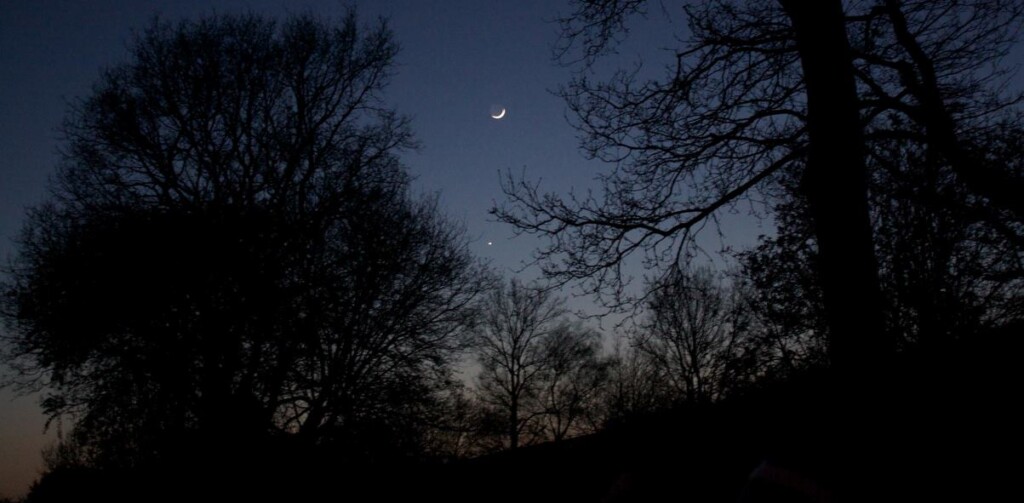
It’s not an alignment, but the January sky will be lit up with the lights of our solar system neighbors.
As the eight planets move about our star along the plane of the ecliptic, certain periods of certain years offer extra-special opportunities to see them shining bright.
This January is one such time, when Venus, Mars, Jupiter, and Saturn will all be extremely visible. Venus and Saturn will illuminate the southwestern horizon for a couple of hours, be brighter than usual, and be quite close to one another.
By January 17th and 18th, they will appear at their closest points in the sky, known as a conjunction, even though they’re actually hundreds of millions of miles apart.
Directly above our heads, Jupiter will be shining bright. To the east, Mars will reach opposition in mid-January.
Opposition occurs when the Earth sits directly between the Sun and another planet. We see its light hitting the planet directly, and as such it’s the best time to see any planet. On January 13th, the full Moon will pass in front of Mars as we see it, lasting a couple of hours.
The best time for viewing these planets will be the middle of the month, which is when the Moon will be in its fullest stages. They will be the only other things likely to be seen in the sky on these days, and therefore fairly obvious to spot.
Uranus and Neptune will also be more visible than normal, but one will need a telescope to see them.
SHARE These Great Stargazing Days With Your Friends On Social Media…




















